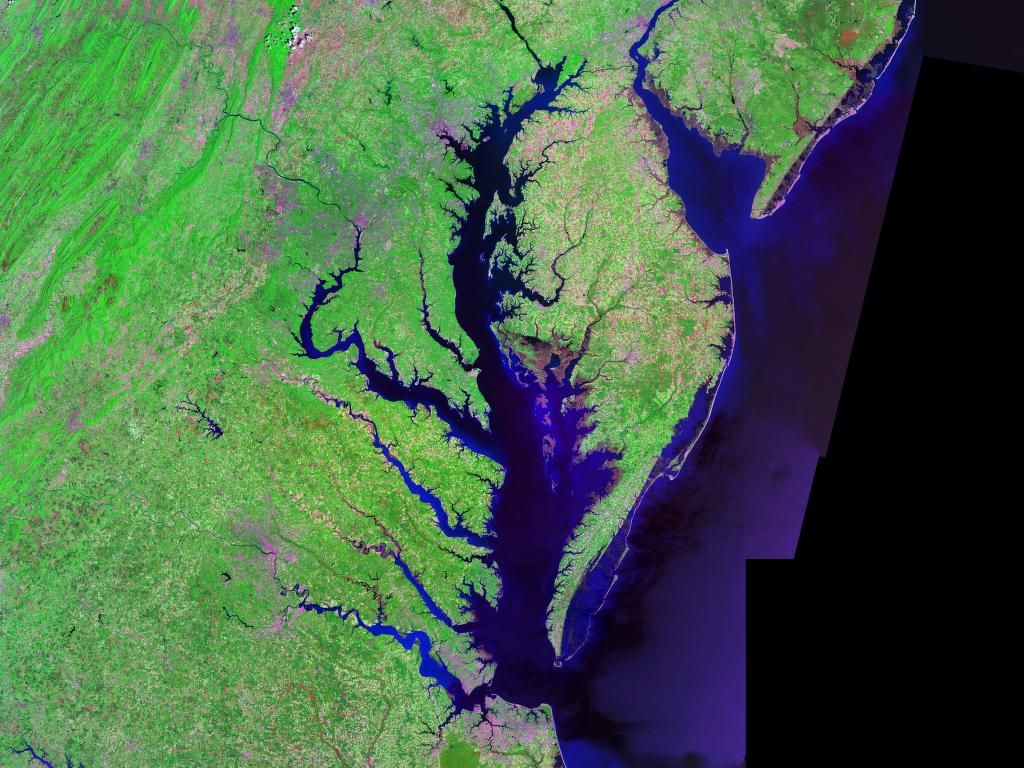More and more voices of Chesapeake bay are starting to get the idea about beavers. Why on earth does this matter? Because these brave souls of Maryland and Virginia are the commuters to Washington DC where policy is made. It’s not inconceivable to imagine that someday beaver smarts will actually find legal footing.
For now there’s articles like this wonderful jewel in the Bay Journal by Tom Horton.
Leave it to beavers: Species’ ability to alter land should be revisited
 Success by 2025 is going to depend more and more on how well we can halt pollution running from the land — specifically the land that our population radically alters wherever it goes.
Success by 2025 is going to depend more and more on how well we can halt pollution running from the land — specifically the land that our population radically alters wherever it goes.
Stormwater controls from developed landscapes are better designed than ever, but expensive. It’s uncertain they will be deployed, maintained, inspected and enforced anywhere near 100 percent. Sediment control, for example, decades after it became law in places like Maryland, remains inadequate.
And while such greening of the Bay’s lands is good, we know that far better would be green and wet; and that’s where we need to reconsider and actively restore the

beaver.
No creature on Earth, save for modern humans, has more capacity to transform a landscape; and in designing a landscape that produces excellent water quality, the beaver has no equal.
Are you paying attention yet? This is a professor talking about beavers being the best hope for controlling runoff to his beloved bay. Or as I prefer to read it. Every Bay Ever.
Through damming and ponding, beavers stanched the shedding of water from the watershed, cleansed it, filtered it, held back floods, let rain soak in to keep water tables high and streams running even in drought. They created luxurious habitats for a stunning variety of amphibians, fish, waterfowl and mammals.
In recent decades, beavers have come back to the point where a solid body of science in Canada and the United States confirms they were this continent’s most important keystone species — a species whose functioning underpins a whole ecosystem.
Ho ho ho, Merry Christmas. I love when a source you don’t expect starts getting preachy about beavers, Don’t you?
My class this year listened to a young man in the stream-restoration business say that in many cases, the work that his company does might be done as well or better by just releasing beavers.
But it is illegal to do that, he said.
That’s a mindset that needs to change. It will take education to overcome prevailing views of beavers as tree-chewing, property-flooding nuisances. They can be, but there are technologies to help us coexist — piping that keeps beaver ponds deep enough for the animals without flooding, for example.
Be still my heart. We need to change the laws to make beaver reintroduction legal. Do you have a twin brother in California by any chance?
You will hear more about beavers in my future columns — and in the news, I hope. A good place to start: Should the Chesapeake restoration effort include a beaver goal?
YES! YES! YES!
We all vote yes! Excellent way to move the discussion in the right direction. Now it’s just up to us to spread your words around the world far and wide. Thanks so much for this excellent start to the conversation!
Another glorious East Coast addition to our morning comes from beaver buddy and retired science teacher extraordinaire Art Wolinsky of New Hampshire. Who very kindly laid that pesky beaver fever question to rest in a gloriously understandable way,











 Missouri River Corps of Rediscovery #1
Missouri River Corps of Rediscovery #1
 I’m sure you all played the game of “Telephone” as a child, where one kid whispers a secret into the ear of a classmate seated in a ring and they pass it to the next one and it eventually makes its way all around the circle to the very last person who tells outloud what garbled message they heard.
I’m sure you all played the game of “Telephone” as a child, where one kid whispers a secret into the ear of a classmate seated in a ring and they pass it to the next one and it eventually makes its way all around the circle to the very last person who tells outloud what garbled message they heard. When a Sonoma Valley woman saw a tree in her yard felled and chiseled by V-shaped gnaw marks, she was surprised and not quite sure what had caused the damage. Soon she learned it was the work of something she never expected to find near her home: a beaver.
When a Sonoma Valley woman saw a tree in her yard felled and chiseled by V-shaped gnaw marks, she was surprised and not quite sure what had caused the damage. Soon she learned it was the work of something she never expected to find near her home: a beaver.
 V shapes on trees? I mean I know they nibble trees before feasting and they sometimes make prominent V shapes in the water when they swim, but V shapes on trees? I guess if they try tilting their heads this way and then that way that would make a V?
V shapes on trees? I mean I know they nibble trees before feasting and they sometimes make prominent V shapes in the water when they swim, but V shapes on trees? I guess if they try tilting their heads this way and then that way that would make a V?





































